USGBC has opened the fifth—and, it expects, final—public comment period on LEED v4, the next version of the LEED rating system. The system was referred to as "LEED 2012" for most of its development, but after the fourth public comment period (see discussion on that comment period and draft) ended with a sense among USGBC membership that the system was not ready for a member ballot, USGBC changed the rollout schedule and the name.
The public comment period is open from October 2, 2012 through Dec. 10, 2012, with the ballot planned for June 1, 2013. Anyone can submit public comments on the LEED v4 draft here or on the USGBC website, where you can also see the proposed language, credit by credit. Please post your comments on LEED v4 below!
Now that the final form of LEED v4 is taking shape and the direction that it is taking is clear, the team here at LEEDuser has written a special report to guide you through potentially confusing new concepts like EPDs, REACH, BUG ratings, and their place in LEED certification.
If you're already a LEEDuser member, look for the download link in the sidebar to the right.
Not yet a LEEDuser member? You can get the LEED v4 report for free with a 30-day trial subscription to LEEDuser.
Think you already know all there is to know about LEED v4? Test your knowledge with this quiz. We'll reveal the answers next week (hint: some of them are not what you'd expect).
An environmental product declaration (EPD) is a shortened version of a:
a. life-cycle inventory (LCI)
b. product category rule (PCR)
c. life-cycle analysis (LCA)
d. corporate sustainability report (CSR)
LEED v4 includes a new credit for:
a. avoiding certain dangerous chemicals
b. using products whose ingredients have been reported by manufacturers, even if they contain dangerous chemicals
c. both of these
d. neither of these
LEED’s certified wood credit helped bring FSC into the mainstream. Which of the following lesser-known programs is NOT similarly poised to gain in stature through inclusion in LEED v4?
a. Sustainable Agriculture Network (SAN)
b. Framework for Responsible Mining
c. GreenScreen
d. American High-Performance Buildings Coalition
e. Registration, Evaluation, Authorization, and Restriction of Chemicals (REACH)
Which of the following would LEED v4 require under a Building Envelope Commissioning (BECx) option for Enhanced Commissioning?
a. Implement a project specific plan that includes testing.
b. Review construction document details for continuity, performance, constructability and value.
c. Perform site observations to coordinate with specific installation of enclosure details.
d. Verify mock up construction in the field to demonstrate workmanship has been completed.
e. None of the above
Why would you want to get a BUG rating number if you were working on a LEED v4 project?
a. You’d want to know how well your seed mixture is rated to perform in providing insect and wildlife habitat.
b. You’d want to increase the number of Bicycle User Groups you were serving with bicycle racks and routes.
c. You’d want to know how well an exterior luminaire does in relation to prescriptive requirements for light pollution reduction.
d. Everyone wants to avoid a Big Ugly Goof—especially when verifying your energy modeling results.
Why has California Section 01350 been removed from the LEED v4 drafts?
a. Because VOC emissions testing is no longer part of the rating systems.
b. Because Section 01350 is an inaccurate name for the required VOC testing method.
c. Because the credit for “no added urea formaldehyde” in certain materials has been removed.
d. Because wet-applied materials must now be tested for VOC emissions as well as VOC content.
Spatial daylight autonomy is a sophisticated way to model daylighting because:
a. it looks at available daylight over the course of an entire year.
b. it includes protection against glare.
c. it accounts for occupant behavior.
d. it measures actual daylight levels after construction.
What’s the key difference in the LEED v4 rainwater requirements, versus LEED 2009’s stormwater management?
a. It’s all in the name: rainwater is a natural phenomenon; stormwater is a management problem.
b. There’s an emphasis on infiltration through use of onsite hydrology.
c. There isn’t much of a difference—just updated language.
d. Swales are preferred over rain gardens.
Acoustic Performance is a new credit in all the LEED v4 BD&C rating systems, but Minimum Acoustic Performance is also a prerequisite in:
a. LEED for Schools
b. LEED for Healthcare
c. LEED for Hospitality
d. All of the above
What is the big-picture thinking behind LEED v4’s Demand Response credit?
a. It’s just a big typo—was meant to be “Demand Repose” in support of office employees getting access to nap rooms (two points for recumbent bike racks).
b. LEED has a long history of paying attention to how buildings fit into their surrounding infrastructure when it comes to location, transportation, and wastewater—but not energy.
c. Improving bottom-line issues for green buildings.
d. Bringing LEED buildings up to speed with where a majority of commercial office buildings already are.
How do you think you did? Post your thoughts below as well as your comments on LEED v4! Need to bone up on some of these key concepts? Check out Key Concepts in LEED v4.
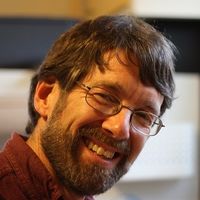
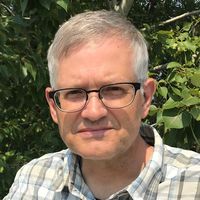

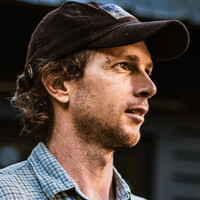

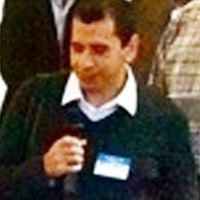


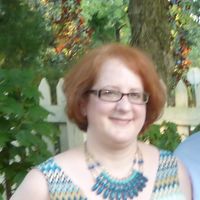


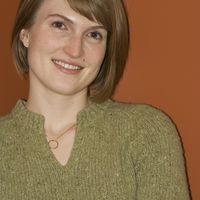
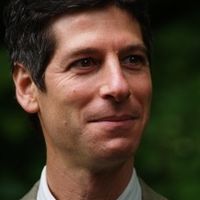
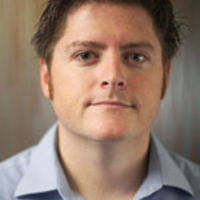


Add new comment
To post a comment, you need to register for a LEEDuser Basic membership (free) or login to your existing profile.